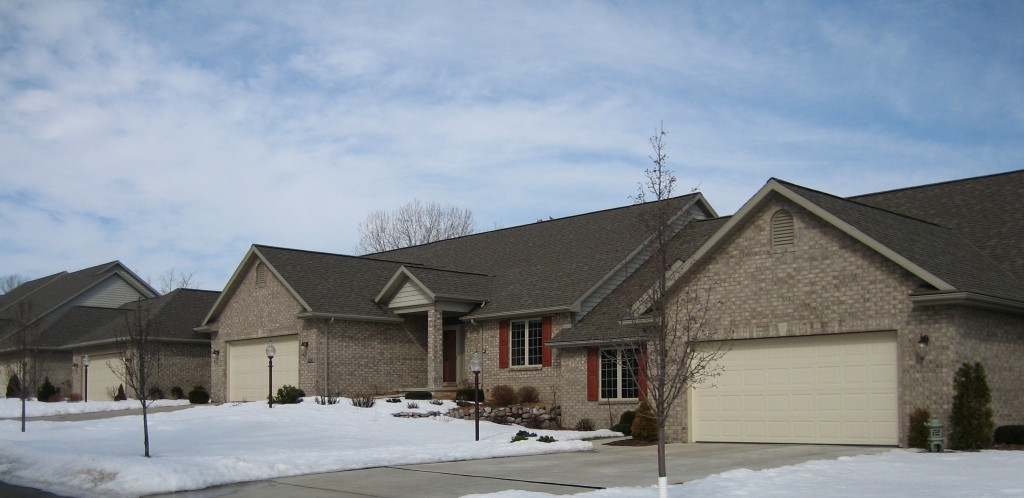 Reader Question: I am trying to learn what makes a condo warrantable vs. non-warrantable. Can you help me? Jonathan D.
Reader Question: I am trying to learn what makes a condo warrantable vs. non-warrantable. Can you help me? Jonathan D.
Monty’s Answer: The answer is that condominium, co-op and planned unit development (PUD) projects with particular attributes can be riskier than other types of development projects. The United States Department of Housing and Urban Development (HUD) has regulations that must be satisfied by a developer before Freddie Mac, or Fannie Mae will purchase a consumer mortgage loan secured by a unit in certain condominium projects.
Projects that do not qualify
Here are the conditions a condominium project might contain that would prevent an individual unit buyer from obtaining a mortgage should the lender sell on the secondary market. The conditions present to restrict a mortgage loan are based on too much risk or an investment orientation. Projects that are not eligible:
- Generate revenue through a hotel or motel model on the individually owned units.
- Are registered with the Securities and Exchange Commission SEC as investment opportunities.
- Have restrictions that curtail an individual borrower’s use such as a time-share or co-op project.
- New projects where the developer is offering financing concessions not allowed under HUD’s eligibility rules for individual mortgages.
- Contain mandatory fees for use of recreational amenities owned by an outside party.
- Allow a unit owner who has financed with a single mortgage and a single deed to subdivide the unit.
- Do not include real estate, such as boat slips, houseboats or cabanas.
- That operate as a continuing care community.
- Contain non-incidental business operations operated by the homeowners association (HOA).
- Where there is litigation with the HOA or developer relating to the safety or soundness of the project.
- Permit a priority lien for unpaid common expenses more than HUD’s priority lien limitations.
- Have between ten and twenty-five percent of the units owned by a single entity.
- Include non-residential or commercial space over twenty-five percent of the total size of the project.
- That represents a legal, but non-conforming, use of the land, if zoning regulations prohibit rebuilding the improvements to the current density in the event of their partial or full destruction.
- Are newly converted non-gut rehabilitation projects for attached units that have not been approved by HUD through the Project Eligibility Review Service (PERS) process.
- Are new or newly converted projects in Florida with attached units that have not been approved by Fannie Mae through the PERS process.
- Contain not previously approved manufactured housing through the PERS process.
A link to a PDF on the HUD website that describes the requirements for warrantable condominiums seeking an FHA loan in the United States is in Section 1.4: https://www.hud.gov/sites/documents/11-22MLGUIDE.PDF
A work in progress
As the market changed the eligibility requirements for established projects became more flexible in November of 2015. Here is an excerpt from a page on the Fannie Mae website. “Fannie Mae’s Project Eligibility Review Service (PERS) is a fee-based review process required for certain condo, co-op, and PUD projects. With this update, Fannie Mae is creating a new optional streamlined PERS process for established condo projects. Lenders may use this process for eligible projects or for projects that do not appear to meet our requirements, but the lender believes the project warrants consideration. This expanded review option will enable Fannie Mae to gather data about trends impacting condo markets nationally while potentially expanding the availability of conventional financing for projects that are not currently eligible. The cost to the lender will be a review fee of $1,000.” You can find additional information elsewhere on the Fannie Mae site.
If you are a lender with a developer seeking a development loan here is a link to a Fannie Mae website page https://www.fanniemae.com/content/fact_sheet/condo-project-review.pdf that may be helpful.
How to find a loan for a non-warrantable project
A consumer looking to mortgage a unit in a non-warrantable project may consider an “in-house” or “portfolio” mortgage lender. The commonality between such lenders is the “ portfolio ” loan is kept in-house or sold to another investor that will keep the mortgage. To find a portfolio lender use your computer search bar and type <your state, portfolio lender>.
A portfolio loan is often a regional or more local lender like a small bank or credit union. They may have the advantage to provide more flexible terms and conditions because they are not making the loan based on subscribing to HUD’s guidelines.
